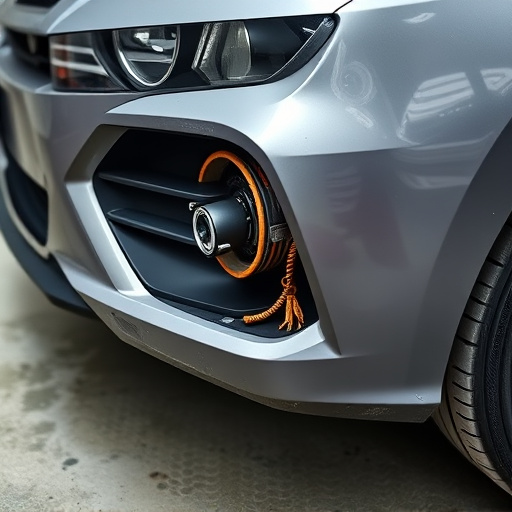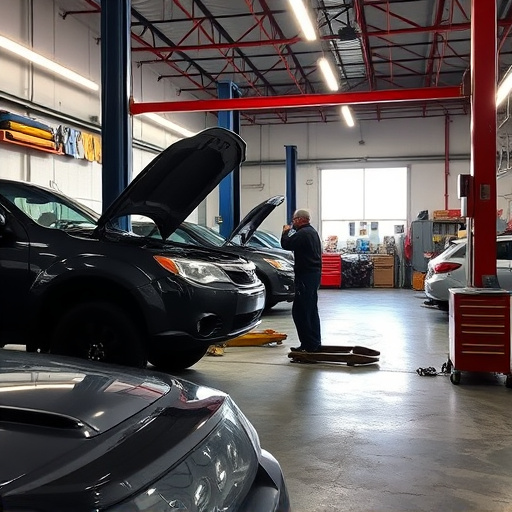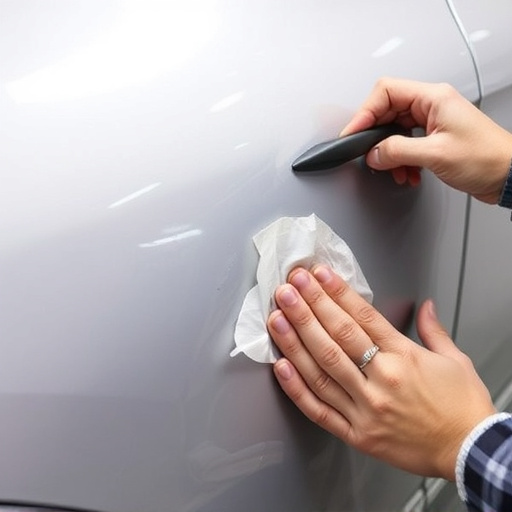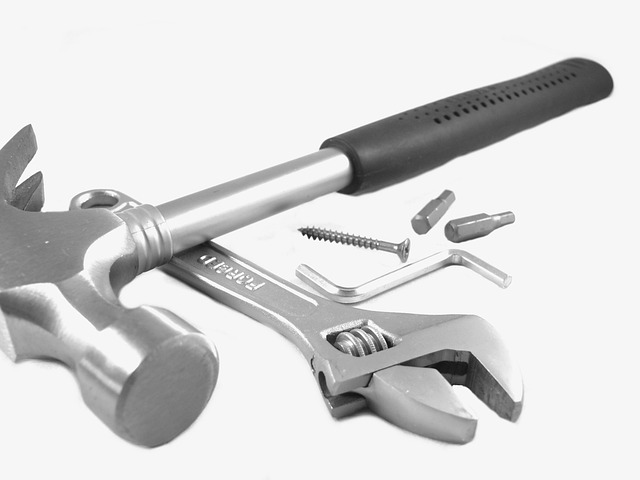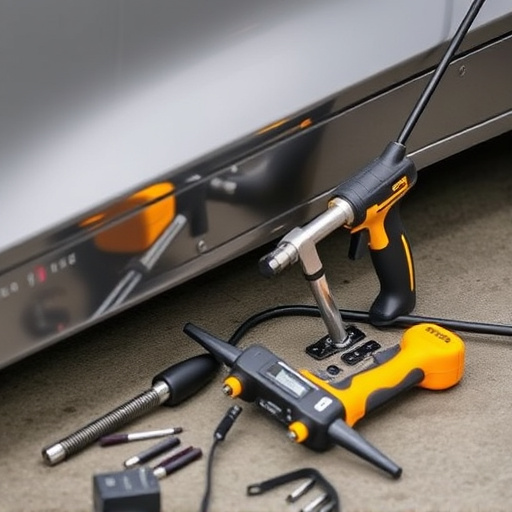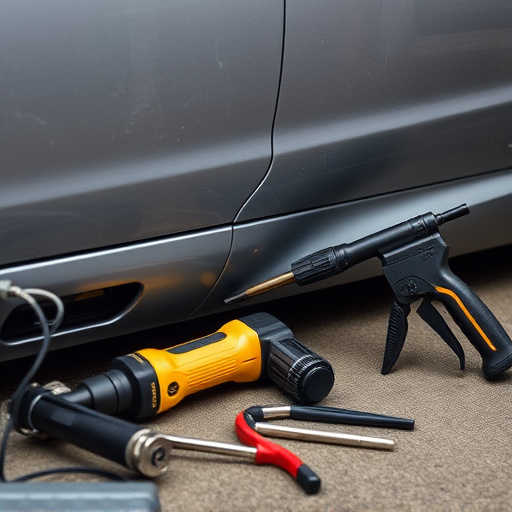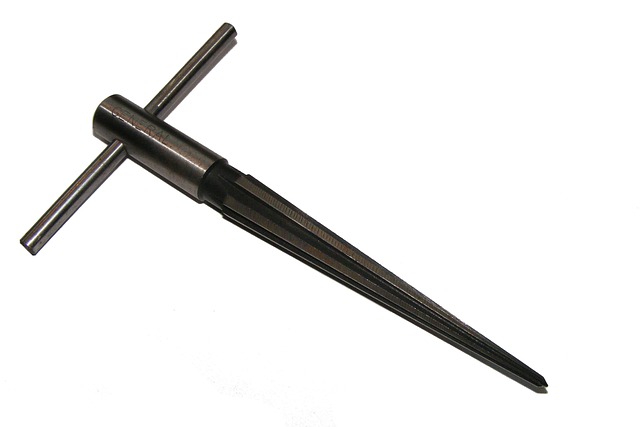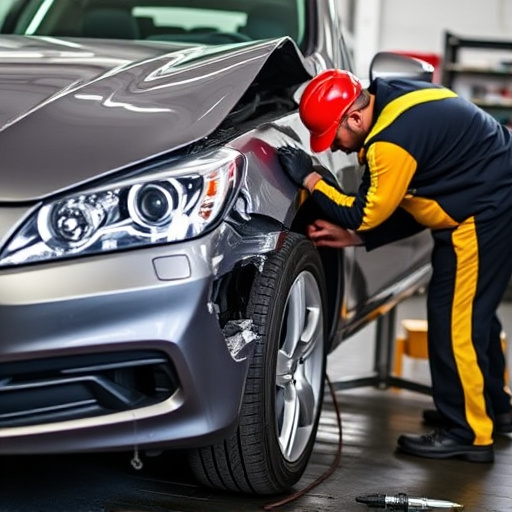A Tesla heat pump inspection is vital for maintaining energy-efficient climate control in electric vehicles and prolonging the heat pump system's lifespan. Technicians visually inspect heat exchangers, measure air current velocity using advanced tools, and perform diagnostic scans to detect blockages or leaks. Early detection of coolant flow and airflow issues prevents systemic damage, similar to paintless dent repair methods used by automotive body shops, ensuring optimal performance and extending the vehicle's overall life.
Ensure your Tesla’s optimal performance with a comprehensive heat pump inspection. This guide delves into the intricacies of these innovative systems, focusing on coolant flow and airflow assessment. Learn how to navigate the key components crucial for efficient heating and cooling. By understanding potential obstructions and their resolution, you’ll enhance the overall functionality and energy efficiency of your Tesla’s heat pump system. Discover expert tips for a thorough inspection tailored to electric vehicle enthusiasts.
- Understanding Tesla Heat Pump Systems and Their Key Components
- Inspection Process: Coolant Flow and Airflow Assessment
- Identifying and Resolving Obstructions for Optimal Performance
Understanding Tesla Heat Pump Systems and Their Key Components

Tesla heat pump systems are cutting-edge climate control solutions designed to efficiently heat and cool vehicles. At the heart of this technology lies a complex interplay of components, each playing a crucial role in maintaining optimal performance. Understanding these systems involves grasping the interaction between the heat pump, evaporator coils, condenser coils, and the all-important refrigerant coolant flow.
During a Tesla heat pump inspection, technicians focus on identifying potential blockages or leaks within these key components. Ensuring smooth coolant flow is vital to prevent overheating or inefficient cooling. Similarly, proper airflow through the system is essential for maintaining energy efficiency and preventing excessive wear. Auto body services specializing in electric vehicle maintenance are equipped with the knowledge and tools to navigate this intricate system, ensuring your Tesla remains a testament to innovative engineering.
Inspection Process: Coolant Flow and Airflow Assessment

During a Tesla heat pump inspection for coolant flow and airflow obstructions, professionals meticulously assess the system’s core components. They begin by examining the heat exchangers, ensuring no debris or buildup is impeding the flow of coolant, which is vital for efficient heating and cooling. Advanced tools are used to measure the velocity and direction of air currents, identifying any blockages in the ductwork that could reduce performance.
This inspection process involves a combination of visual inspections, pressure tests, and diagnostic scans to pinpoint issues. By addressing coolant flow and airflow obstructions early on, Tesla owners can prevent significant damage to their heat pump systems, ensuring optimal energy efficiency and prolonged lifespan—a benefit also applicable in automotive body shops focusing on car body repair, including paintless dent repair techniques.
Identifying and Resolving Obstructions for Optimal Performance

A thorough Tesla heat pump inspection is key to ensuring optimal energy efficiency and performance. By carefully assessing coolant flow and airflow, technicians can identify and resolve obstructions that may hinder system functionality. Regular inspections not only enhance the overall operation of these innovative systems but also contribute to sustainable home comfort solutions. When it comes to maintaining your Tesla heat pump, a proactive approach through inspection is a game-changer for energy conservation and environmental friendliness.

